Apple iPhone 12 review: Cutting edge nostalgia
The iconic smartphone's old-school design is a breath of fresh air
-
+
Likable design
-
+
Super processor
-
+
Bright display
-
-
Poor battery life
-
-
No fingerprint sensor





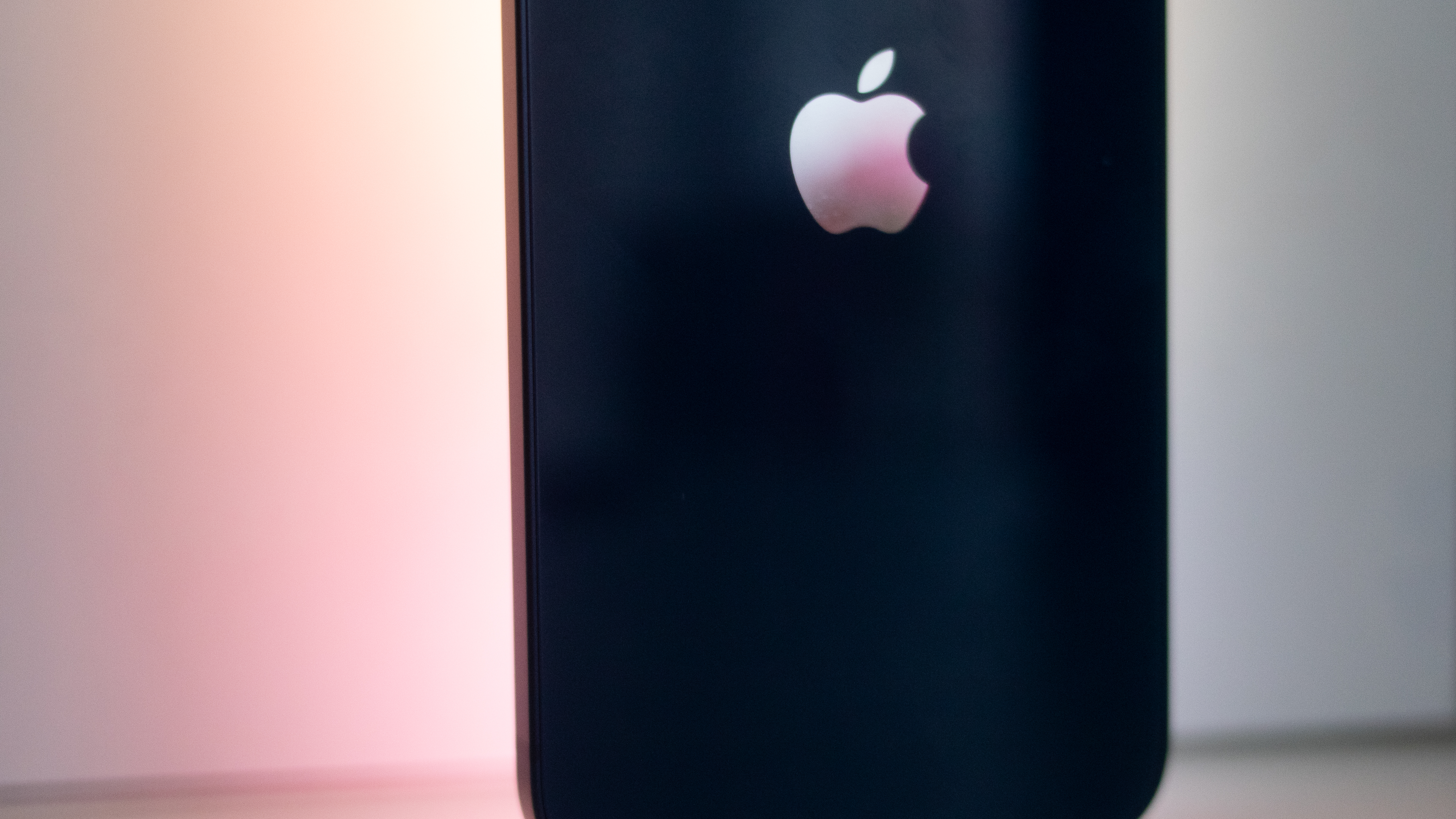



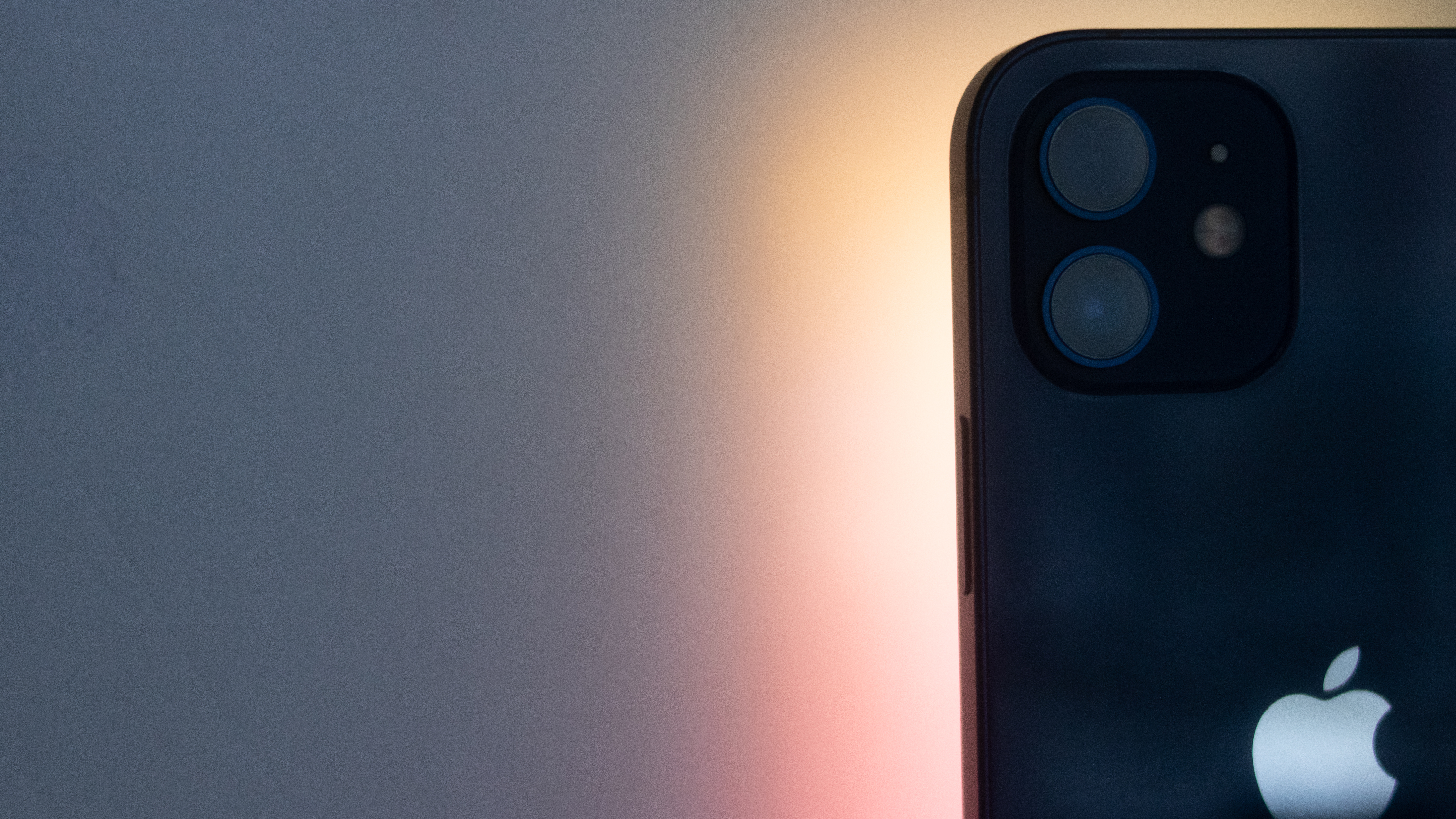


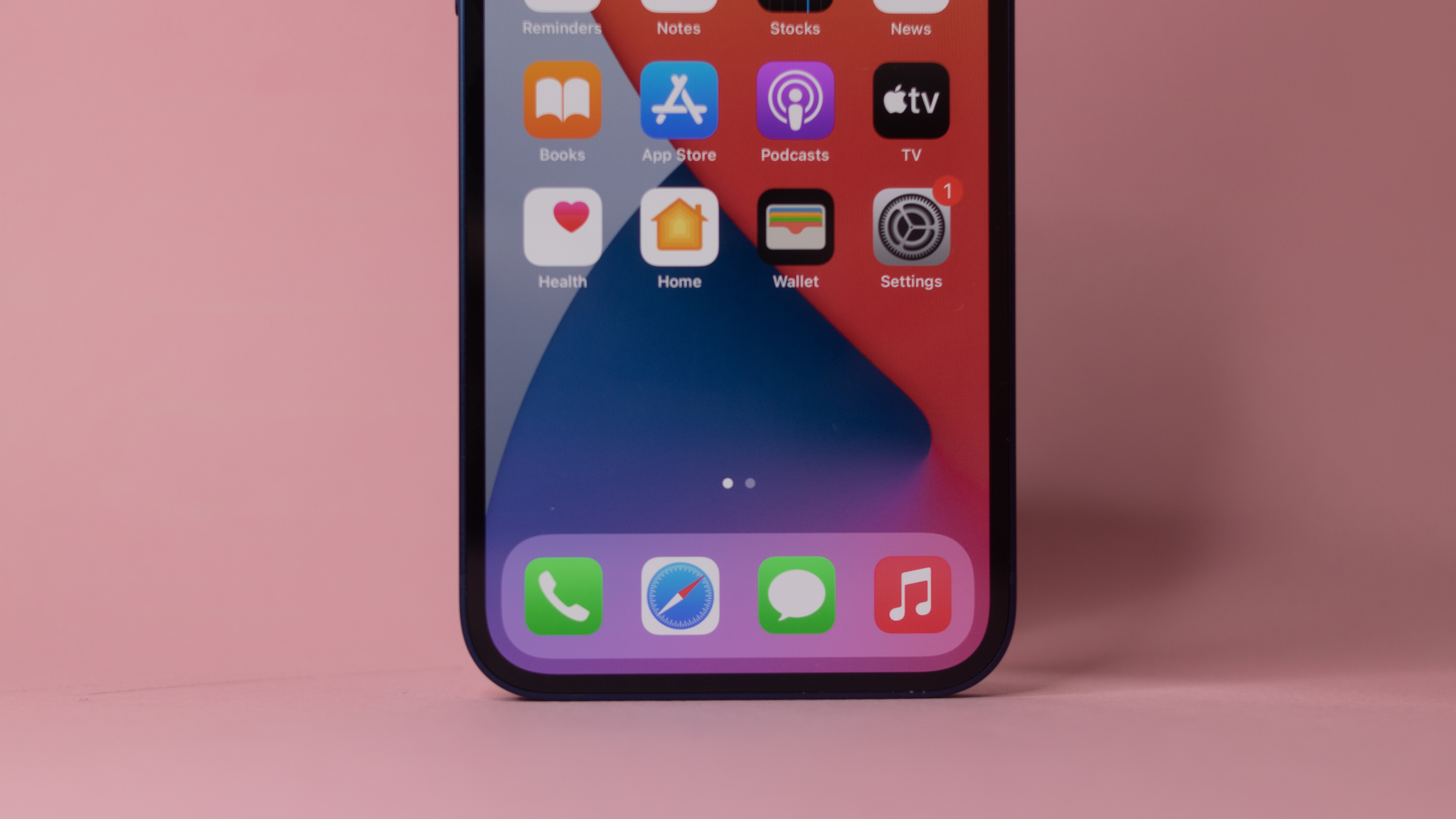

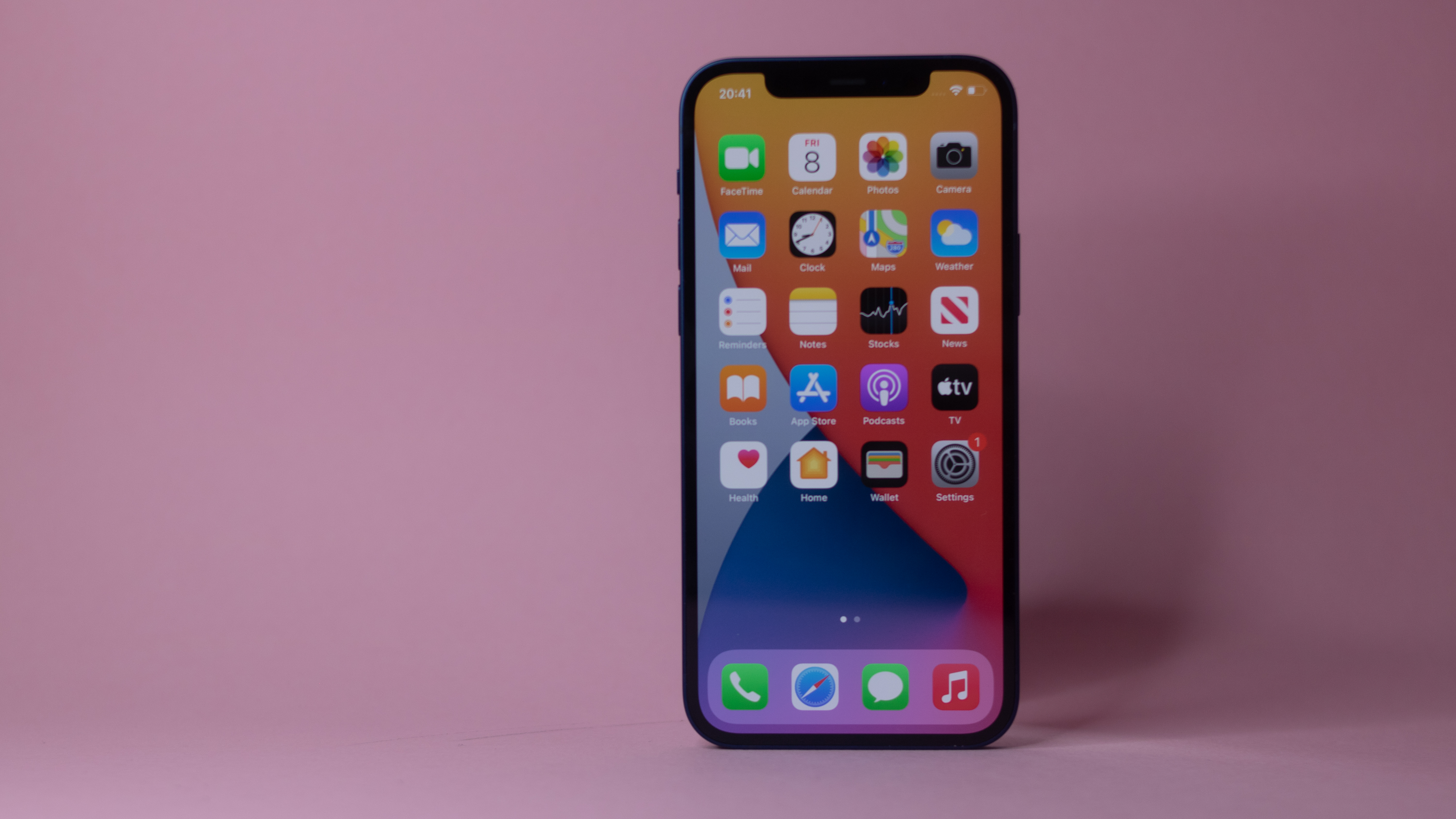
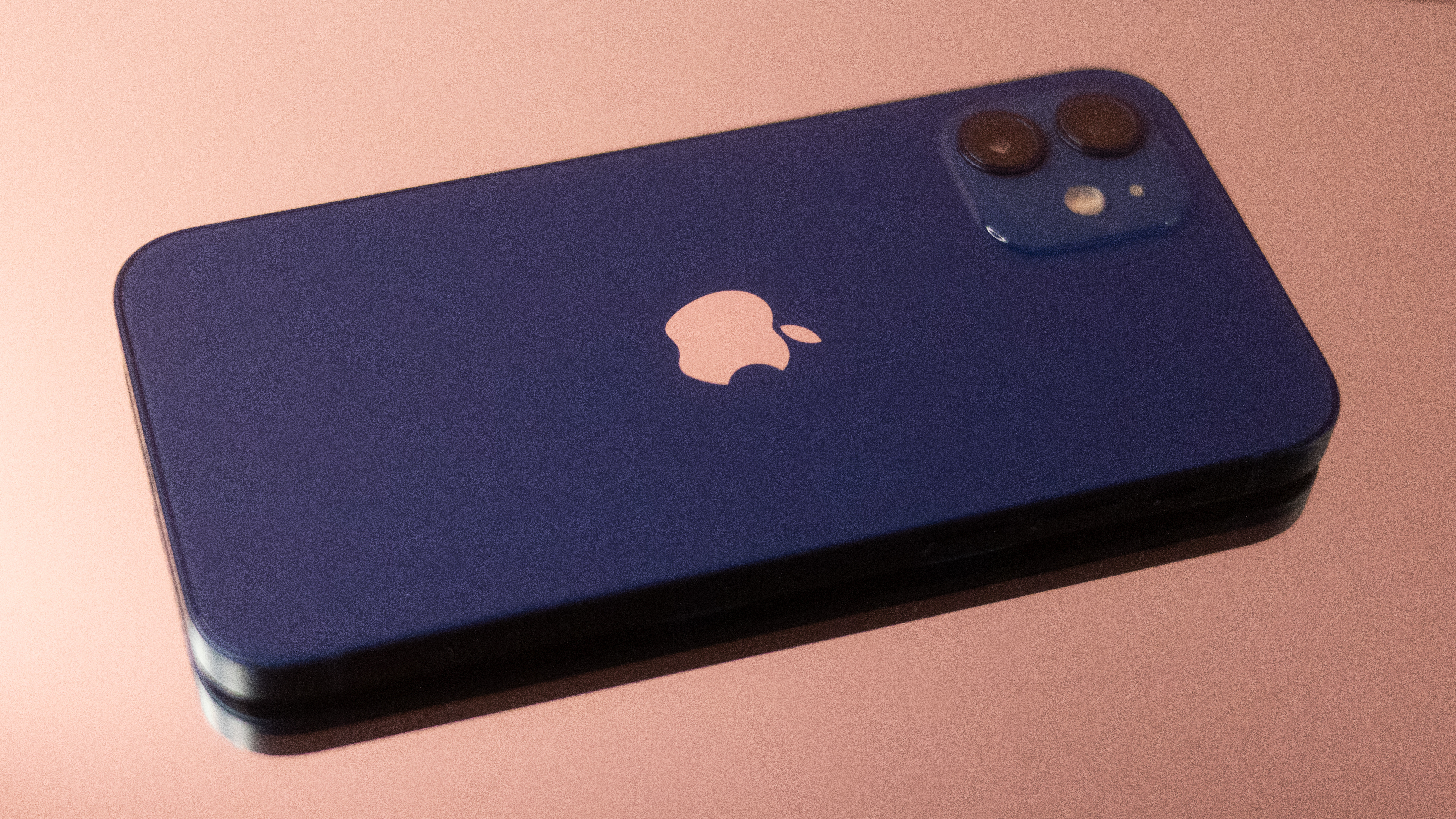
Apple took its sweet time getting the latest iPhone out. The launch of the iconic handset is normally an event to signal the beginning of autumn, but crispy leaves were already upon the ground when the iPhone 12 was unveiled in October.
It's the first iPhone with 5G and it's also sporting a refreshed design. Both make it genuinely feel like a new iPhone, something wholly different from its predecessor, and, on first impression, one worth waiting for.
Apple iPhone 12 review: Design
The first thing to say about the iPhone 12 is that while the design feels new, it's actually vintage. Hardcore Apple fans will spot the similarities with 2012's iPhone 5, which had the same basic shape. There's no curved edges here; everything is flat and squared off, and it's the only smartphone around that can stand up on its edge. The flat aluminium rails are cool to the touch but comfortable in the hand. The front of the device has Corning's 'Ceramic shield' and the back cover is 'Ceramic glass' - a new Corning product that's made with ceramic crystals and is said to have four times higher resistance to impacts than the iPhone 11.
When you consider that this is the first iPhone with 5G components crammed into it, the 12 is remarkably svelte. It's only 7.4mm thick, which is 0.9mm less than the iPhone 11. What's more, that's also thinner than the S21 5G and Google's Pixel 5. The only other 5G-enabled device that can match the 7.4mm thickness is the iPhone 12 Mini.
Apple no longer does pretentious colour names. 'Rose gold' was thankfully dropped ages ago and the iPhone 12 is available in a simpler palette of colours. Our review model is a luxurious midnight blue, but it also comes in white, black, green and the usual charitable Product (Red) variant, which supports HIV and AIDs treatment programs. Best of all, these finishes are globally available, with no shades saved for other regions, like Huawei and Samsung have done with recent devices.

The 12's stunning design does have one flaw; a notch at the top of the display. Not even a tear-drop notch at that, but a great big bar. This is most annoying when streaming and it's completely unnecessary. Cutting a miniature hole in the top corner of the display, a la Samsung's S10, S20 or S21, is the perfect way to embed a selfie cam that doesn't spoil the user experience - though you do have to find ways to embed the other sensors that sit within that top bar.
Apple iPhone 12 review: Display
The notch is a real shame, because otherwise the screen is very good. Apple has switched over to an AMOLED display for the 12, keeping it at 6.1in but with reduced bezels so you get a larger screen-to-body ratio than on the iPhone 11. The screen resolution has also been boosted from 1,782 x 828 to a much clearer 2,532 x 1,170 with a pixel density of 460ppi.
For its price, you might be disappointed to not have a 120Hz or even 90Hz refresh rate, but 60Hz is fine in practise. It's not as smooth as the Samsung S20, but it's not off-putting either. iOS14 is already quite fast and responsive, so 60Hz on the standard model is OK - however, the lack of 120Hz on the larger iPhone models seems like more of a shortcoming.
The switch to an OLED display means that its blacks are truly black and everything else is bright and crisp. This is partly due to its excellent support for the DCI-P3 display standard, which is a slightly larger representation of the gamut colour space, often favoured by film and TV creators. In our calibrator tests the iPhone 12 scored 96% for sRBG colour gamut coverage, which is near enough to Huawei's Mate 40 or P40 and also Samsung's S20, so the change is worthwhile.
This is without even mentioning the HDR10+, HLG and Dolby Vision capabilities which boosts the dazzling display that little further. During HDR video playback, the 12 hit a peak brightness of 1,090cd/m2.

Apple iPhone 12 review: Specs and performance
The quality of the display is underpinned by the other major new addition in the iPhone 12: its new A14 Bionic chipset. This is one of the first smartphone CPUs built using a 5nm process. Huawei's Kiri 9,000 was practically announced at the same time and it looks like Samsung will also be doing the same with the S21, which signals a new dawn for mobile processor technology.
Unsurprisingly, the iPhone 12 is fast. Apple's handsets reliably lead the industry in terms of performance, and this trend continues here. Apps load instantly and there is seemingly no lagging in any task you throw at it. Even the most feature-loaded web pages render swiftly. It didn't sweat our benchmark tests either, notching 1,591 for single-threaded and 4,053 for multi-threaded performance in Geekbench 5. That's 17% faster than the iPhone 11, which was also a super fast device. Hardly any Android phone can match the 12 for performance, though it is worth noting that phones generally don't have issues in this department. Google's Pixel 5 has a rather low-spec Snapdragon 756G and still handled capably.
You can get the 12 with either 64GB, 128GB or 256GB of storage but only 4GB RAM. That's a little poor (the S21, for example, offers double that), but it probably isn't going to be much of a deal-breaker. It won't surprise Apple fans, however; the 11 had 4GB, the X only 3GB, and it's very much on brand for an iPhone.
Apple iPhone 12 review: Battery
Another historic fault of the iPhone is its battery life. The iPhone X only managed 9hrs 22min under our looped video test and the Xs that followed held out for just 12hrs 45mins. Last year's iPhone 11 bucked that trend with 18hrs 36mins, but the iPhone 12 has taken a few steps back in this regard, lasting for only 16hrs 12mins.
The two hour drop is arguably due to switching the battery from a 3,11omAh to a 2,815mAh one and the reason for that, we assume, is to make room for 5G components. There's a necessary balancing act that comes with 5G; the larger phones have a slight advantage in that they have more space inside for antennas and so on, but the more 'regular' sized phones need to make some sacrifices. To Apple's credit, the drop isn't massive - it's still better than the X and Xs, by a long way, but it's worth pointing out that cheaper rivals have added 5G and kept long battery life. The Pixel 5, for example, lasted 6 hours more.

Apple iPhone 12 review: Features
Being the first iPhone with 5G makes the 12 a significant improvement on the 11, but it might not be that much of a selling point. Apple didn't jump on the bandwagon with everyone else in 2019, presumably because the 5G networks weren't ready. Now it finally has, but the networks still sort of aren't ready. 5G connectivity in the UK remains decidedly patchy, and thanks to the national lockdown, we can't even take advantage of the few city centre deployments that have been set up. It's a nice bit of future-proofing, but sadly it's not that useful at the moment.
There's also no fingerprint sensor, which might have been OK were it not for the fact that we're all wearing masks in public. The facial recognition is really good, and super fast, but it can't identify you just from the eyes. Apple has revealed an update that will enable users to open devices with masks on, but you'll need an Apple Watch for it to work.
The real star feature of the iPhone 12, however, is Magsafe. This is Apple's magnetic system for all iPhone accessories, such as the handset's case, the wireless charging pad or even an Apple-brand wallet that attaches to the back of the phone. Think of it as the early stages of an entire magnetic accessory ecosystem. Apple hopes to build it out and add more and more things to attach to your device over time. It's intriguing, but it's a question of what third-party companies can come up with to make this an unmissable feature.
Apple iPhone 12 review: Camera(s)
On paper the camera hardware on the iPhone 12 probably isn't going to raise any eyebrows. The Pro Max has the top photography spec, whereas the standard 12 has stuck with the same number and resolution of lenses as the iPhone 11; a 12MP f/1.6 wide lens and a 12MP f/2.4 ultrawide camera, plus a 12MP selfie camera.
That's not to say the iPhone 12 is poor; on the contrary, the underlying software that powers all three lenses is superb. That A14 chip enables improved capabilities, such as night mode, Deep Fusion and portrait mode, all of which are available on each of the lenses rather than just the rear ones, as was the case on the 11. The night mode, in particular, is very good, as it captures lots more light and detail, than previous iPhones.

There's a lot of competition in this space, with the likes of the Pixel 5, the P40 and the S20 all having made rapid advancements in such a short space of time. However, the iPhone 12 is a very worthy rival, largely thanks to the addition of Deep Fusion. This is where machine learning is used to process pixels and bring out more details. It's the most obvious improvement from the 11, with much clearer shots from all three lenses.
Apple iPhone 12 review: Verdict
There's a lot to like here, but the iPhone 12 is a bit of a mixed bag and for all its best features, there are a few underwhelming elements, such as the poor battery life and that god-awful notch. It's amazing that the world's most iconic smartphone still sports a long bar across the top of its display. It isn't surprising though; Apple does things when it's good and ready, not as we demand it.
In all fairness to Apple, when it is ready it usually delivers. The iPhone 12 has superb performance thanks to its A14 Bionic chip, arguably the best around. And it has also finally embraced 5G. What's more, the design really does make it feel like a new iPhone, which is odd because in many ways it's a modernised iPhone 5 - but maybe that's part of the charm. It's almost a perfect mix of cutting edge and comforting nostalgia.
The iPhone 12 is available for £55 per month with an upfront cost of £29 on the Vodafone network
Apple iPhone 12 specifications
| Processor | Hepta-core A14 Bionic (5nm) |
| RAM | 4GB |
| Screen size | 6.1in |
| Screen resolution | 1170 x 2532 pixels, 19.5:9 ratio |
| Pixel density | 460ppi |
| Screen type | Super Retina XDR OLED |
| Front camera | 12 MP, f/2.2 |
| Rear camera | 12 MP, f/1.6, wide, 12 MP, f/2.4, ultrawide |
| Dust and water resistance | IP68 |
| 3.5mm headphone jack | No |
| Wireless charging | Yes |
| Connection type | Lightning port |
| Storage options | 64GB, 128GB, 256GB |
| Memory card slot | No |
| Bluetooth | 5.0 |
| NFC | Yes |
| Cellular data | Yes |
| Dual SIM | No |
| Dimensions (WDH) | 145.7 x 71.5 x 7.4mm |
| Weight | 164g |
| Operating system | iOS 14 |
| Battery size | 2,815mAh |
Get the ITPro daily newsletter
Sign up today and you will receive a free copy of our Future Focus 2025 report - the leading guidance on AI, cybersecurity and other IT challenges as per 700+ senior executives
Bobby Hellard is ITPro's Reviews Editor and has worked on CloudPro and ChannelPro since 2018. In his time at ITPro, Bobby has covered stories for all the major technology companies, such as Apple, Microsoft, Amazon and Facebook, and regularly attends industry-leading events such as AWS Re:Invent and Google Cloud Next.
Bobby mainly covers hardware reviews, but you will also recognize him as the face of many of our video reviews of laptops and smartphones.
-
 ‘Phishing kits are a force multiplier': Cheap cyber crime kits can be bought on the dark web for less than $25 – and experts warn it’s lowering the barrier of entry for amateur hackers
‘Phishing kits are a force multiplier': Cheap cyber crime kits can be bought on the dark web for less than $25 – and experts warn it’s lowering the barrier of entry for amateur hackersNews Research from NordVPN shows phishing kits are now widely available on the dark web and via messaging apps like Telegram, and are often selling for less than $25.
By Emma Woollacott Published
-
 Redis unveils new tools for developers working on AI applications
Redis unveils new tools for developers working on AI applicationsNews Redis has announced new tools aimed at making it easier for AI developers to build applications and optimize large language model (LLM) outputs.
By Ross Kelly Published
-
 Google layoffs continue with "hundreds" cut from Chrome, Android, and Pixel teams
Google layoffs continue with "hundreds" cut from Chrome, Android, and Pixel teamsNews The tech giant's efficiency drive enters a third year with devices teams the latest target
By Bobby Hellard Published